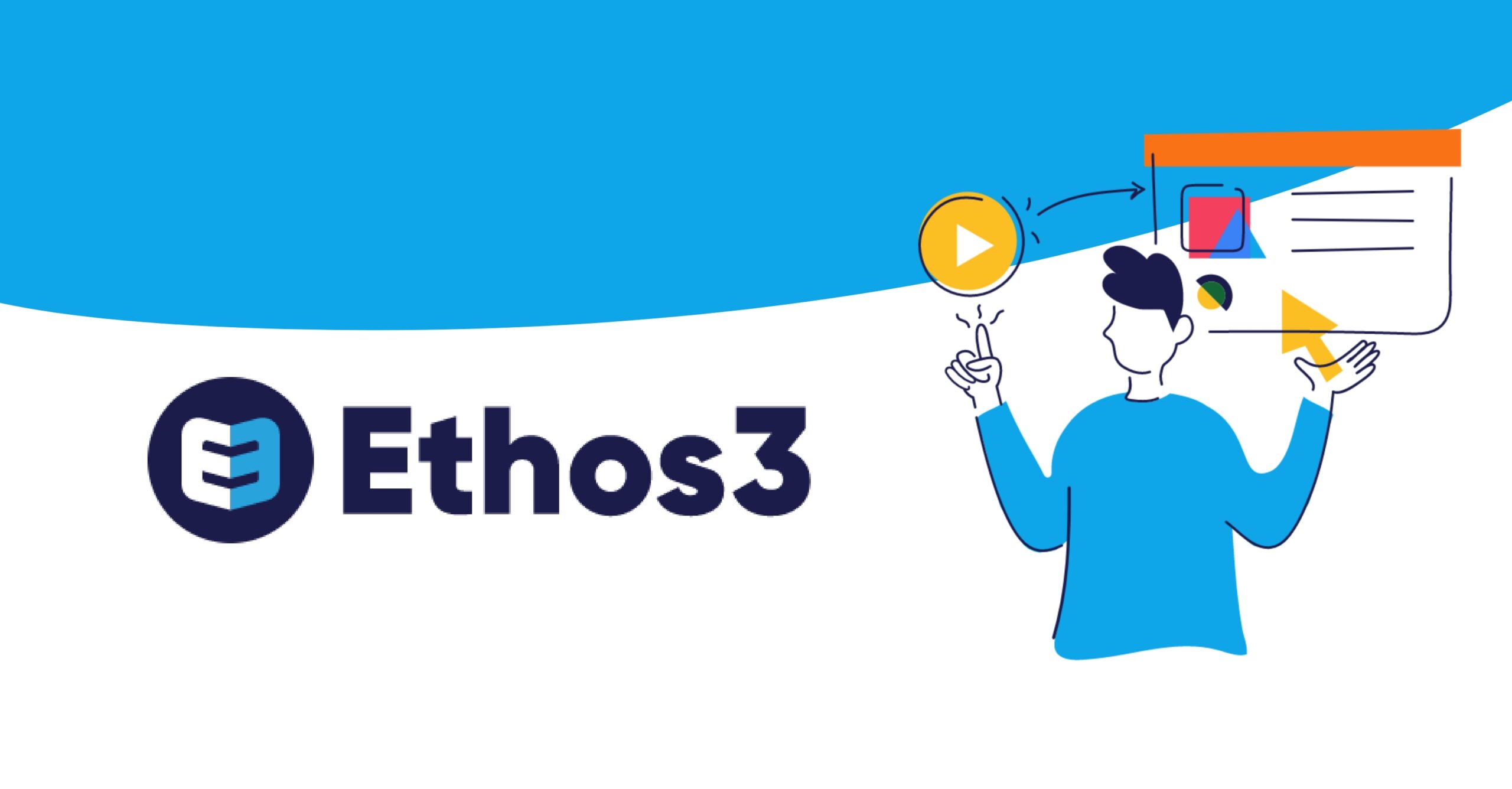Data in a presentation. Everyone loves it, but few people know how to actually use it. The thing is – if used improperly, it will leave your audience left confused and checking out. If used properly, it can lead to some of the most impactful presentations.
We all know that data is invaluable for organizations, providing insights into customers, employees, products, and markets. However, databases and charts alone have their limitations. Algorithms can’t magically produce solutions to organizational problems or opportunities—but rather, they require skilled storytellers to transform the information into compelling narratives. It is through data stories that action and change truly come to life.
By applying some simple storytelling techniques to data heavy presentations, we can go beyond making sense of the numbers and actually lead people into making change.
So if you’re looking to make sure your data tells a great story, here are our three pillars for data heavy presentations.
Finding Luke
It’s tempting in your presentations to want to look like the hero of the story. We all want to be Luke Skywalker. But the question you’ve got to ask yourself is, “If I’m Luke, who does that make my audience?”
The reality is that the best storytellers don’t make themselves the hero, but rather, they make their audience the hero. So when you’re building out your next data heavy presentation, take a step back and ask yourself, “Where is the hero in this data? Who is the hero here?” From there you can begin to see the story.
As with any good story it’s not always smooth sailing. Once you’ve identified your Luke, now you’ve got to find your Darth Vader. What is standing in the way of letting your “hero” accomplish what it wants to? What or who is your antagonist?
Telling the story of a hero struggling against an antagonist is classic storytelling. When you get your audience to root for the hero and feel invested in helping them overcome the data enemy, they become more motivated by the data story. For example, if the data shows a slowdown in customer acquisition, your hero (the customer) has encountered some obstacle, indicating an issue worth addressing. The adversary could be your pricing, or the fit of your product is missing, or it could be something you’re totally missing right now, but by personifying the data and making a story out of it – it sticks with your audience long after they’ve left the room.
How Big is a Trillion?
When I was kid, there was nothing more unfathomable to me than realizing there were people who were millionaires. And they didn’t just have one million dollars. They had…. hundreds of millions of dollars?! I’ve had a recent sense of awe over the sheer magnitude of what a trillion of anything is. For a little reference:
1 million seconds is about 11 days
1 billion seconds is about 31 years
1 trillion seconds is bout 31,710 years
It’s a number that’s so big that it’s almost impossible to comprehend.
The same thing happens with our data presentations. Often, the numbers we deal with are on such large or small scales that even the most familiar with them struggle to comprehend actually what it means. How can we visualize and understand something that we can’t perceive with the naked eye?
One easy way is to relate it back to something your audience knows and is familiar with. One of the best ways I’ve seen this done is when looking at the scale of the universe. Storyteller John-Mark Dyer does that incredibly well here. Your audience might not be able to grasp how many a trillion is but they can imagine how insane a stack of $100 bills would be the size of the Sears Tower, and that picture will stick.
Let’s Get Emotional, Emotional
There’s that old saying “no data point is an island, entire of itself; every data point is a piece of the continent, a part of the main”… something like that. What we need to remember is that behind every data point, there is a human life that is touched. So don’t shy away from letting emotions come into your data presentation. We like to think of ourselves as rational beings, making decisions only based on facts and figures, but the reality is, we’re far more likely to make a decision based on our emotions than anything else.
So let the data speak and let it’s emotions come through!
At the end of the day, it’s important that just because you’re dealing with stats, figures, and charts, it doesn’t mean that there’s not a story at play. For thousands of years humans have related to one another and the world around them by telling stories. When you can tap into that mindset for your next data heavy presentation, you’ll find that your audience will be more zoned in and retention from your presentation will skyrocket.
If you need help finding that story, we’re here to help. We’ve got an incredible team of content strategists who are trained in seeing the bigger story at play. Sign up today for a SlideSession so you can stack your deck and blow away your audience!
Looking For Powerpoint Design Agency?
Call Pursho @ 0731-6725516
Telegram Group One Must Follow :
For Startups: https://t.me/daily_business_reads
#Finding #Story #Data




